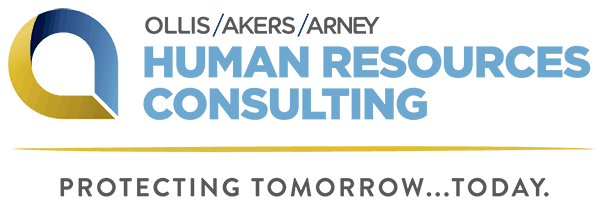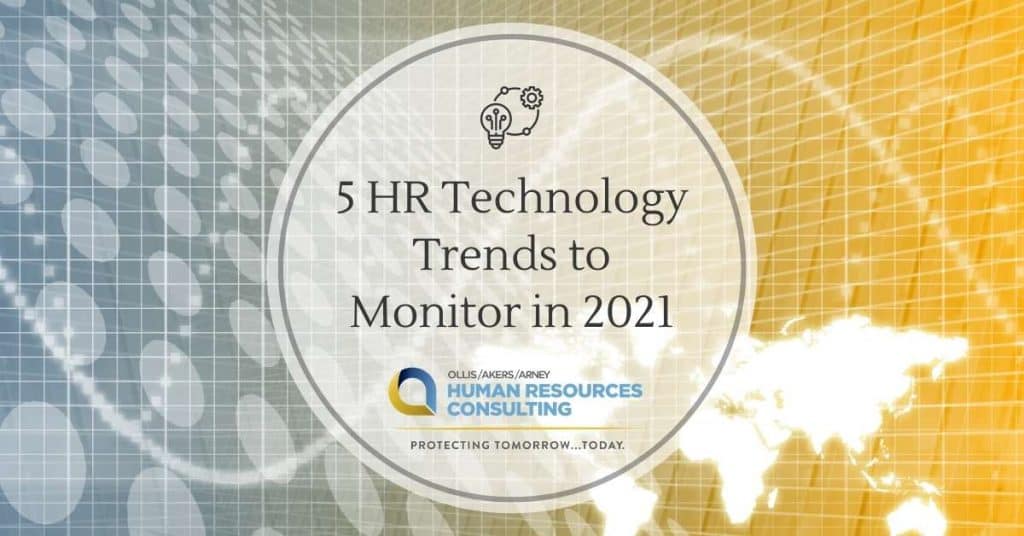In 2021 and beyond, technology can help improve efficiency and productivity in the workplace—especially for HR professionals. And with many organizations adopting remote work as a result of the COVID-19 pandemic, there is increasing pressure for organizations and employees to adopt technology to collaborate, communicate and work from a distance.
HR technology can automate a wide range of time-consuming business functions, allowing HR professionals to shift their focus from administrative tasks to high-impact tasks like strategy, employee engagement and change management.
In fact, according to PwC’s Human Resources Technology Survey, the core issues driving HR technology decisions include:
- Finding, attracting and retaining talent
- Developing people to reach their full potential
- Improving the employee experience
- Creating collaborative work environments
- Workforce planning
- Ensuring employee well-being, diversity and inclusivity
HR technology can enhance the overall employee experience, transform businesses and help organizations respond to change. This article explores HR technology trends to watch for in 2021.
1. Employee Wellness Management
Employee health and well-being will continue to be a priority this year. Due to the pandemic’s negative impact on employee mental health, employers can and should use technology to provide the support that employees need. Digital tools, such as apps, videos and webinars, can help mitigate employee stress, anxiety and burnout. Keep in mind that access to virtual mental health support can help reduce the stigma of reaching out for help. Improved employee mental well-being can result in a more engaged and productive workforce.
Additionally, consider how apps, gamification and wearables (technology that monitors breathing, movement and exercise) can be incorporated into company-sponsored wellness programs. This is particularly important if employees are working remotely, so you can ensure they are taking care of themselves, eating healthy and staying physically active. Healthier employees are generally more productive.
Finally, rather than manual data collection and program management, tech-enabled wellness portals can help ease use for both employees and administrators.
2. Employee Self-service Portals
HR departments are tasked with many complex and sensitive administrative tasks—and it’s easy for errors to happen with manual data entry. Software can make the overall data management process simpler for HR professionals.
Conversely, employees may want to own, access and update their information. HR technology (e.g., self-service portal) allows employees to perform a range of HR-related tasks without filing paperwork, such as the following:
- Updating personal information
- Confirming employment status or rate of pay
- Tracking and evaluating employee performance
- Accessing online pay stubs
- Viewing and printing federal, state or local tax forms or withholding information (e.g., Form W-2 or Form W-4)
Employers and HR professionals can also leverage self-service tools to communicate time-sensitive information like employee benefits changes and company holidays.
3. Remote and Hybrid Workplace Management
Most workplace experts agree that both remote and hybrid work arrangements—where employees work remotely part of the time and in the office the remainder of the time—are here to stay. Regardless of location, technology and project management tools can help improve workplace collaboration, communication and workflow efficiency. For tools already in place, evaluate the usefulness to identify any shortcomings or gaps and take the appropriate steps to improve functionality and usability.
4. Workflow Automation
Workflow automation technology can help employees work and collaborate efficiently and effectively. Focus on the business areas where efficiency can be improved and will have the biggest overall impact.
For example, project planning will vary by organization and depend on unique challenges or pain points, so start with evaluating and identifying those issues first. Consider projects within the HR department or projects throughout the organization that HR is supporting. Another idea is to consider how a single portal for HR, IT and other corporate resources could streamline a formal onboarding process for new hires. Once you’ve identified areas in which you can implement such technology, be sure to communicate any changes openly across the organization.
5. Learning and Development
The pandemic forced a shift from in-person learning to e-learning, online coaching, augmented reality (AR) and virtual reality (VR). Learning management systems (LMSs) can increase accessibility and ensure all employees have equal onboarding and learning opportunities. Schedule availability, location or learning style won’t hold back employees from growing professionally.
As many everyday activities went virtual in 2020, the pandemic accelerated the use of AR and VR for employee training in industries that rely on in-person or hands-on learning opportunities. An LMS is a more affordable and attainable option—and the software can be used by most employers to improve efficiencies and help effectively facilitate learning and development efforts from a distance.
Technology can also play an important role in employee career pathing by identifying skill gaps and providing personalized, self-paced courses. Moreover, it can help make performance review processes more efficient by tracking progress, accomplishments and feedback all on one platform.
Other Considerations
Having new technology doesn’t do much good if employees won’t use it. Many organizations rely on training and communication from leadership to help boost user adoption. However, a PwC survey recently revealed that these two strategies are the least effective for increasing employee use of new technologies. Topping the list of most effective strategies were the use of incentives and gamification. This means that your organization may need to evaluate and change how you educate and train employees on new technologies.
Summary
Consider how these trends might motivate your organization and employees to adopt new technology that is intuitive and accessible. Contact the Ollis/Akers/Arney HR Team today to learn more about 2021 trends and how to effectively leverage HR technology.






